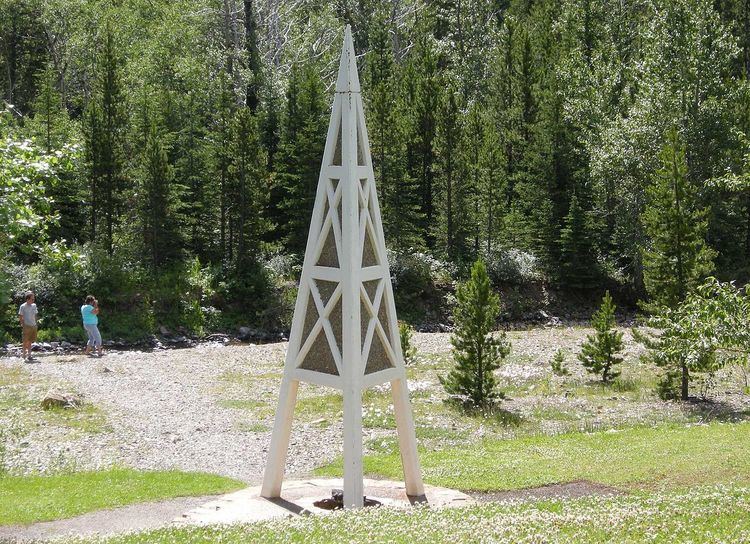Designated 1985 Year built 1902 | Established 1965 Website Parks Canada page Province Alberta | |
 | ||
Address Township Rd 14A, Improvement District No. 4, AB T0K 2M0, Canada Similar South Jasper Ranges, Hole‑in‑the‑Wall Provincial Park, Skoki Ski Lodge, Mount Ulysses, Queen Elizabeth Ranges | ||
The First Oil Well in Western Canada National Historic Site of Canada commemorates the 1902 oil strike in what is now Waterton Lakes National Park, Alberta. Drilled in 1902, the well was the first productive oil well in the western Canadian provinces.
The well was drilled by John Lineham, whose Rocky Mountain Development Company had a mineral claim on the land along Oil Creek (now Cameron Creek), a region of natural oil seeps. The area had been drilled unsuccessfully for oil in the early 1890s, without results. Lineham's well was drilled by a wood "Canadian Pole" rig powered by a 35 hp steam engine. The Lineham Discovery Well #1 struck oil at 311 metres (1,020 ft), producing saleable quantities of oil at the rate of 300 barrels per day (48 m3/d). However, the well casing quickly failed, and the bore became jammed with debris and drilling tools. It was cleared in 1904, and a pump was installed. Drill tools again jammed the well and the well was abandoned. The tools remain visible in the bore. Total production was about 8,000 barrels (1,300 m3) of oil.
Production had dwindled before the well was blocked. Further explorations in the area yielded nothing useful, but general exploration in more northerly portions of Alberta yielded the Turner Valley field in 1914. The Oil Creek strike is believed to be the result of oil seepage along fault planes in the Lewis Overthrust, in which oil originating in younger Cretaceous rock has moved upwards through older Pre-Cambrian rock that has been forced over the oil-bearing layers. More oil in the Waterton area was eventually discovered at the Pincher Creek oil field in 1948.
A small monument, depicting a stylized drill rig, was placed over the well in 1968. The site was designated a site of national significance in 1965.
